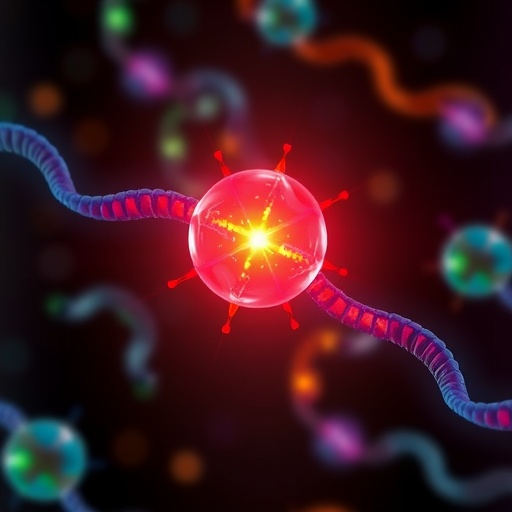Naturally occurring chemicals found in road salts commonly used to de-ice paved surfaces can alter the sex ratios in nearby frog populations, a phenomenon that could reduce the size and viability of species populations, according to a new study by scientists at Yale and Rensselaer Polytechnic Institute (RPI).
The researchers found that the proportion of females within tadpole populations was reduced by 10 percent when exposed to road salt, or sodium chloride, suggesting that the salt has a masculinizing effect.
They also found that exposure to fallen oak leaves also significantly altered the sex ratios in the frog populations, as well as the size of individual females in some cases. Maple leaf litter, on the other hand, had no effect.
More than 22 million metric tons of road salt is applied to roads in the United States each year. Maple and oak trees are dominant trees throughout temperate North America.
"Many scientists have studied similar effects from exposure to pharmaceuticals and pesticides, but now we're seeing it from chemicals found in common road salt and leaf litter," said Max Lambert, a doctoral student at the Yale School of Forestry & Environmental Studies (F&ES) and lead author of the paper.
"The health and abundance of females is obviously critical for the sustainability of any population because they're the ones that make the babies," Lambert said. "So if you have a population that is becoming male-based, the population might be at risk."
The results were published in the Canadian Journal of Fisheries and Aquatic Sciences. Other authors included David Skelly, the Frank R. Oastler Professor of Ecology at Yale; Meredith Smylie, a research associate at F&ES; and scientists from Rensselaer Polytechnic Institute.
For the experiment, conducted at the Rensselaer Aquatic Lab in Troy, N.Y., the researchers created a series of water treatments in 500-liter tanks containing varying levels of road salt and leaf litter from maple and oak trees. Many of the water treatments contained tree litter levels that mimicked natural leaf litter found in typical forest ponds.
According to the study, frogs reared in oak leaf litter in the absence of salt exhibited a female-biased sex ratio (63 percent). But when salt was added it decreased the proportion of female frogs by 10 percent.
Meanwhile, within populations exposed to oak litter, developing female tadpoles were always larger than male tadpoles, which is fairly common among species that lay eggs. But when salt was added the female tadpoles decreased in size.
"So you're not only seeing fewer females but smaller females that may not be able to produce as many eggs," Lambert said. "And the eggs are probably going to be lower quality."
The scientists concluded that the "masculinizing" effect of salt was likely the result of a mechanism known as "sex reversal" during development. Previous research suggests that such outcomes could be caused by a phenomenon in which simple elements — such as sodium — can bind to a receptor in cells, mimicking the actions of testosterone or estrogen. This, in turn, can trigger masculinizing or feminizing functions.
"There is a very small testosterone-like effect with one salt molecule," Lambert said. "But if you're dumping lots and lots of pounds of salt on the roads every winter that washes into these ponds, it can have a large effect."
The research built upon work done at RPI as part of the Jefferson Project at Lake George on the potential impacts of road salt and leaf litter on the health of aquatic ecosystems.
"The potential consequences to amphibian populations are interesting, including the continual masculinization of frog populations for many generations in habitats contaminated with high concentrations of road salt, which could potentially affect the abundances of frogs in these habitats," said Rick Relyea, director of the Darrin Fresh Water Institute at RPI and co-author of the study.
"The research raises the possibility that many other aquatic species could be affected by road salts in sub-lethal ways, not only in terms of altered sex ratios, but potentially in many other traits," Relyea added.
###
Media Contact
Kevin Dennehy
[email protected]
203-436-4842
@YaleFES
http://environment.yale.edu/
############
Story Source: Materials provided by Scienmag




